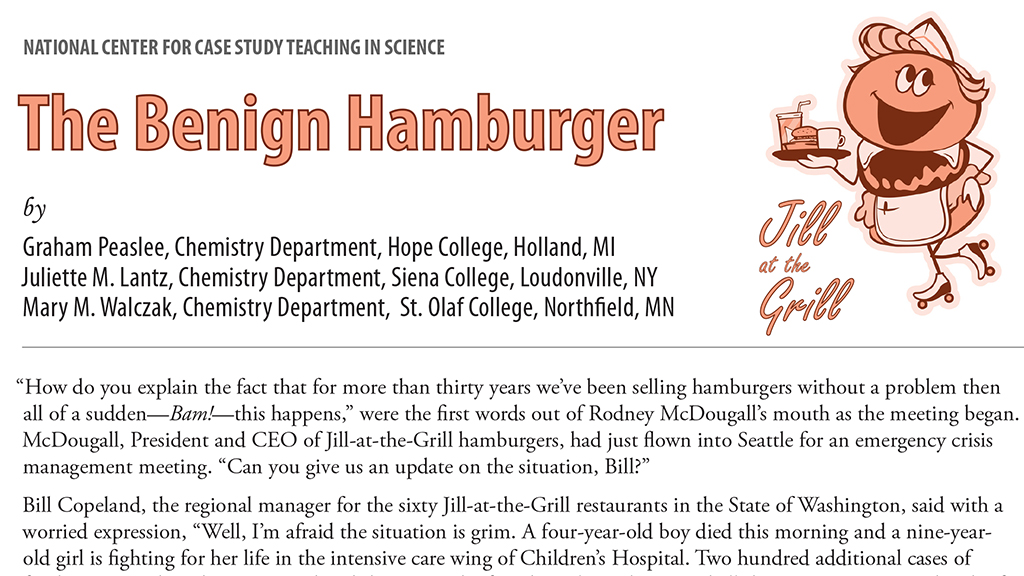Abstract
In this dilemma case study, the executives of a popular restaurant chain must decide whether to use irradiated meat, in this case, beef, to protect its customers from the bacteria, E. coli. Students learn about food irradiation and discuss issues related to food safety and the public’s acceptance of new food technologies. As developed, the case could be used in a variety of introductory science courses in chemistry, physics, biology, environmental science, and agricultural science.



